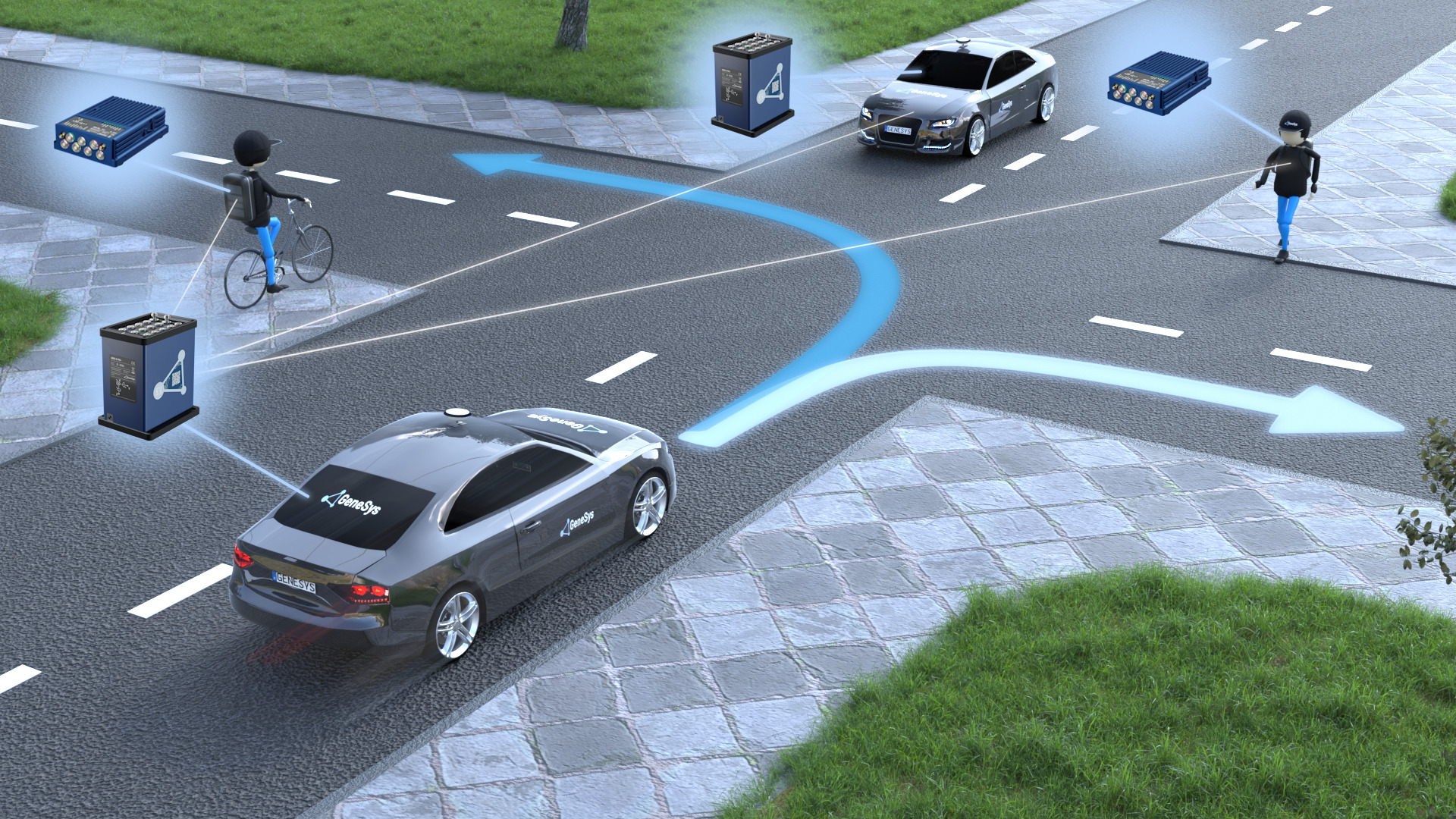SAE J3101 Cybersecurity for Automated Vehicle Testing
The SAE J3101 standard provides a framework for evaluating and testing cybersecurity in automated vehicles. This service is crucial as it ensures the integrity, confidentiality, and availability of vehicle systems while mitigating risks associated with cyber threats. The standard addresses various aspects including software updates, data encryption, intrusion detection systems, and secure communication protocols.
The SAE J3101 framework is designed to be flexible enough to accommodate different levels of autonomy in vehicles, from basic driver assistance systems (ADAS) to fully autonomous driving capabilities. Compliance with this standard helps manufacturers meet regulatory requirements such as the European Union’s General Safety Regulation for Automated and Connected Vehicles.
Automated vehicles face unique challenges when it comes to cybersecurity. They are interconnected through multiple networks—vehicle-to-vehicle, vehicle-to-infrastructure, and even cloud-based services. Each network introduces potential points of vulnerability that need to be addressed. SAE J3101 offers a holistic approach to cybersecurity testing by considering both the hardware and software components of these vehicles.
The standard emphasizes the importance of lifecycle security, which includes designing secure systems from the outset, implementing robust testing practices throughout development, and maintaining continuous monitoring post-deployment. This ensures that even as new threats emerge over time, the vehicle remains resilient against them.
Key features of SAE J3101 include:
- Guidelines for assessing software vulnerabilities
- Methods for conducting penetration testing on connected components
- Procedures for evaluating the effectiveness of intrusion detection systems
- Standards for secure data exchange between vehicles and external entities
By adhering to these guidelines, manufacturers can enhance trust among consumers regarding the safety and reliability of their products. Additionally, compliance with SAE J3101 demonstrates a commitment to innovation within the automotive industry by staying ahead of emerging technologies.
The standard also plays a vital role in fostering international cooperation through its alignment with other global standards like ISO/IEC 27001 for information security management systems and OWASP Top Ten Project for web application risks. This interoperability ensures that best practices are consistently applied across borders, promoting safer and more efficient transportation networks worldwide.
For quality managers, compliance officers, R&D engineers, and procurement professionals involved in the development process of automated vehicles or ADAS technologies, understanding SAE J3101 is essential for ensuring robust cybersecurity measures are integrated into every stage of production. This knowledge allows them to make informed decisions about which tools and methodologies will best protect their vehicles against potential cyber threats.
Applied Standards
The application of SAE J3101 requires a thorough understanding not only of the standard itself but also its relationship with other relevant standards such as ISO/IEC 27001 and OWASP Top Ten. These complementary documents provide additional depth on aspects like organizational policies, risk assessments, and user privacy.
ISO/IEC 27001 focuses specifically on information security management systems (ISMS), emphasizing the importance of establishing, implementing, maintaining, and continuously improving an ISMS within an organization's overall management system. This aligns well with the lifecycle approach advocated by SAE J3101.
OWASP Top Ten provides guidelines aimed at protecting web applications from common security flaws that could be exploited by attackers. While it primarily targets software developers, its principles can apply equally to automotive cybersecurity when dealing with embedded systems or over-the-air updates.
Incorporating these standards into your testing strategy ensures comprehensive coverage across all potential attack vectors and compliance requirements. It helps build a strong foundation for maintaining secure operations throughout the entire lifecycle of an automated vehicle.
Environmental and Sustainability Contributions
The SAE J3101 standard contributes significantly to environmental sustainability by promoting the development of more efficient, safe, and secure vehicles. By enhancing cybersecurity measures, this service reduces the likelihood of accidents caused by malicious software or hardware failures, thereby decreasing unnecessary emissions from repeated repair visits.
Furthermore, robust cybersecurity practices encourage manufacturers to adopt advanced technologies that optimize fuel consumption and reduce waste through smart driving algorithms and predictive maintenance systems. These improvements contribute positively towards reducing carbon footprints associated with transportation sectors globally.
Compliance with SAE J3101 also fosters innovation in green technology by encouraging research into safer, smarter electric vehicles (EVs) that are less prone to breakdowns due to cyber incidents. This not only benefits the environment but also enhances public confidence in adopting sustainable modes of transport.
- Reduction in Accidents: Enhanced cybersecurity reduces accidents caused by unauthorized access or tampering with critical vehicle systems, leading to safer roads and fewer fatalities.
- Emission Reduction: Improved efficiency through optimized driving behaviors contributes to lower greenhouse gas emissions from transportation activities.
- Resource Conservation: Efficient use of resources such as energy and materials results in reduced waste generation throughout the manufacturing process.
By integrating SAE J3101 into their operations, organizations contribute not only to better road safety but also to a healthier planet by promoting sustainable practices within the automotive industry.
Use Cases and Application Examples
The implementation of SAE J3101 in real-world scenarios showcases its versatility across various applications. One prominent example is the testing of over-the-air (OTA) updates, which allow for continuous improvement of vehicle software without requiring physical visits to dealerships. This capability enhances user experience while minimizing environmental impact through reduced travel and emissions.
Another use case involves simulating cyberattacks on connected components like infotainment systems or telematics devices to ensure that these interfaces remain secure against unauthorized access or manipulation. By conducting such tests early in the design phase, potential vulnerabilities can be identified and addressed before mass production begins.
- OTA Updates: Testing OTA updates ensures seamless integration of new features while maintaining system integrity and performance.
- Simulated Attacks: Simulating attacks helps manufacturers identify weaknesses in security protocols and develop countermeasures to protect sensitive data.
In addition, SAE J3101 supports the implementation of advanced driver assistance systems (ADAS) that rely heavily on network connectivity. These systems must be resilient against cyber threats to provide reliable performance under all conditions.
By leveraging this standard, manufacturers can confidently deploy cutting-edge technologies in their vehicles, knowing they meet stringent safety and security standards set forth by industry experts.





